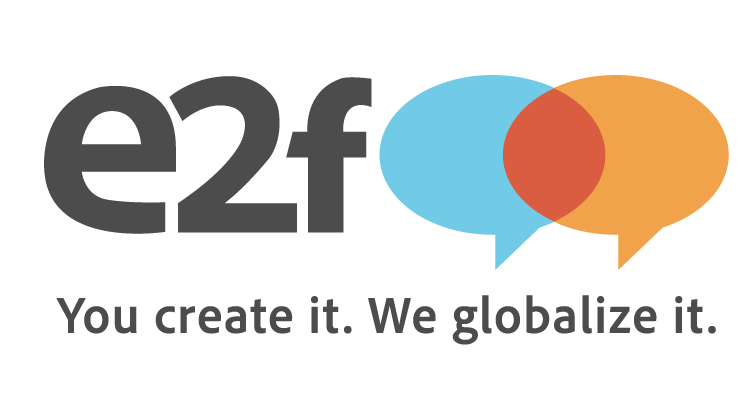Notes from the CEO: How the Language Industry can adapt and thrive in the Age of AI
by Michel Lopez, CEO and Founder of e2f
In 1988, I realized that despite its promises, AI wasn't ready for prime time. While neural networks were my favorite area of research, building systems that could only distinguish between green and red apples, and maybe between a C and a G, wouldn't put bread on the table.
Neural networks were shallow, back propagation hadn't been invented, large datasets were unheard of, and mathematical models were lacking. Above all, computer power was extremely limited. As a result, I changed careers, moving first into traditional software development and then into the language industry, successfully providing for myself and my family.
Fast forward 35 years, and computer power is a million times greater. Almost everyone has heard of AI, and many have engaged in intimate conversations with Chat GPT. New LLMs seem to emerge almost daily, flooding my social feeds with content generated by or with the assistance of various engines.
Individuals, companies, and entire industries are gripped by fear. The impending AI-driven workforce transformation tsunami looms, leaving uncertainty about which jobs will remain when it subsides. Hype permeates every article we encounter.
Yet, if we examine history, we find that rather than eliminating industries completely, technological advancements largely transform them. Embracing new technologies, be it the car, the internet, or artificial intelligence, is never easy. It requires experimentation, understanding, proficiency, expertise, and the realization that these tools can enhance our creativity, speed, and efficiency. However, it is crucial to remember that they are still tools, regardless of the power they bestow upon us.
The language industry is undergoing an extraordinary transformation. Gone are the days of arduous dictionary-based translation, reliance on translation memory for localization, and the necessity of extensive linguistic studies to produce accurate translations. The industry perseveres, riding wave after wave of technological changes and growing faster than most - and as long as the industry maintains adaptability, there is no reason for this trajectory to falter.
In addition to the clear need to embrace generative AI in translation and global content production, generative AI presents specific opportunities:
On the "builder side" of LLMs, global tech companies and emerging players are racing to achieve quality. They can train new models faster than ever, applicable to almost every industry - but they need these models to be validated by humans to ensure quality and accuracy. Who better than a math teacher to verify a model's solution to a math problem? Who other than a doctor to ensure the accuracy of a medical diagnosis or drug prescription? And who besides a translator can determine the seamlessness of a translation?
On the "user side" of LLMs, countless companies are exploring various applications that also require human validation, especially for multilingual content. These companies need additional high-quality datasets to fine-tune the models, providing reliable answers with the appropriate tone, terminology, relevance, and branding elements for their specific use cases.
The need is clear, and the language industry is positioned to address it. The industry can adapt its recruitment and qualification capabilities to develop a generative AI workforce comprising experts in various fields beyond language. It can establish quality metrics for evaluating generative AI and offer a blend of data science and linguistic services. Ultimately, the industry must continue finding novel ways to assist clients in developing and testing AI-driven solutions with a language component.

